1913 items found
Page 8 of 160
-

Crewel work panel depicting The Festival International du Cirque de Monte-Carlo.
£650Crewel work panel depicting The Festival International du Cirque de Monte-Carlo.
The very unusual crewel work panel takes images from past poster art work, advertising the festival in the years of 1990 (the15th annual festival) and 1998 (the 22nd annual festival). The art of crewel work dates back centuries, crewel being the old Welsh name for wool, the technique is very similar to embroidery, the only real difference is that the needle used is larger which helps thread the thicker wool yarn. The International Circus Festival of Monte-Carlo( Festival International du Cirque de Monte-Carlo) is an annual circus and awards show, that takes place every year in the month of January. The festival was created in 1974 by Prince Rainer III of Monaco and has been used to promote circus performers at the pinnacle of their profession. Please note as the shown in the photos two areas of wear.£650 -
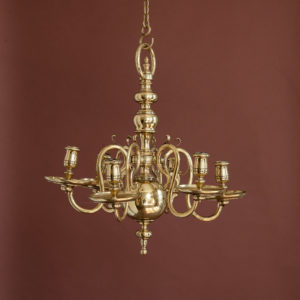
Nineteenth century brass candle chandelier,
£1,200Nineteenth century brass candle chandelier,
in the Flemish taste, six light with each arm pinned, generously cast through.£1,200 -
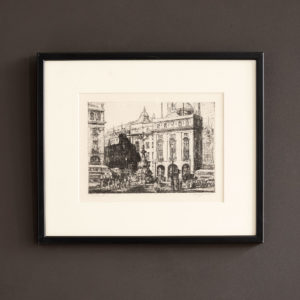
Piccadilly Circus
£140Piccadilly Circus
A black line etching of Piccadilly Circus by the artist engraver Henry Lambert showing the Shaftesbury Memorial and the Alliance Life office on the corner of Regent Street.£140 -
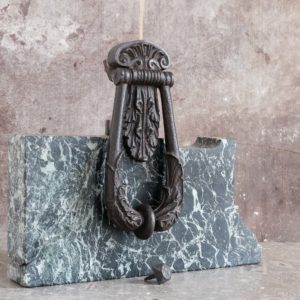
Early nineteenth century iron door knocker,
£250 -
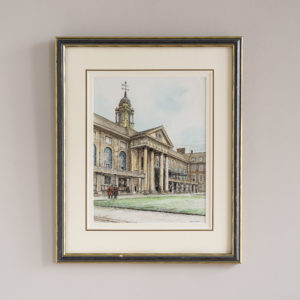
The Royal Hospital at Chelsea
£395The Royal Hospital at Chelsea
A signed watercolour and black-line pen drawing by the painter, printmaker and illustraor Hubert Williams showing the central portico of the north block of the Royal Hospital at Chelsea. Mounted and framed in an original black and gilt Hogarth Frame.£395 -

Pillage and Destruction of Basing House, Hants,
£350Pillage and Destruction of Basing House, Hants,
A Mid Victorian engraving by the London artist and printmaker John George Murray after an original oil painting by Charles Landseer showing the plundering of Basing House during the English Civil Wars. Mounted and framed in a walnut ogee profile with foliated gilt slip.£350 -

Sir Winston Churchill
£270Sir Winston Churchill
A framed, Mid 20th Century lithograph depicting Sir Winston Churchill in the manner of the controversial and now lost John Sutherland portrait of 1949.£270 -
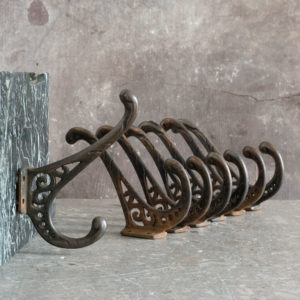
Set of seven iron coat hooks
£300 the set -

Four Edwardian iron coat hooks
£140 the set -
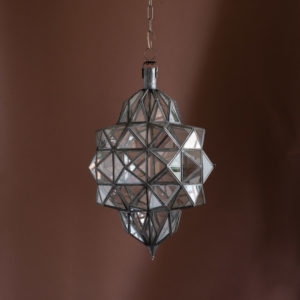
Large Rombus shaped pendant light.
£450Large Rombus shaped pendant light.
This beautifully crafted lantern, probably made in Morocco. With each of the metal and glass cell being joined to create a very pleasing geometric shape.£450 -
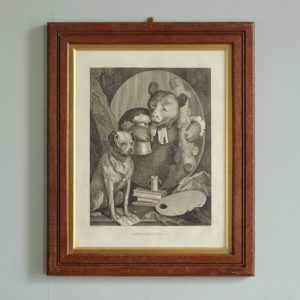
The Bruiser, after William Hogarth.
£220 -
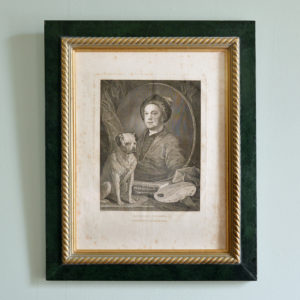
Painter and His Pug, after William Hogarth.
£220
